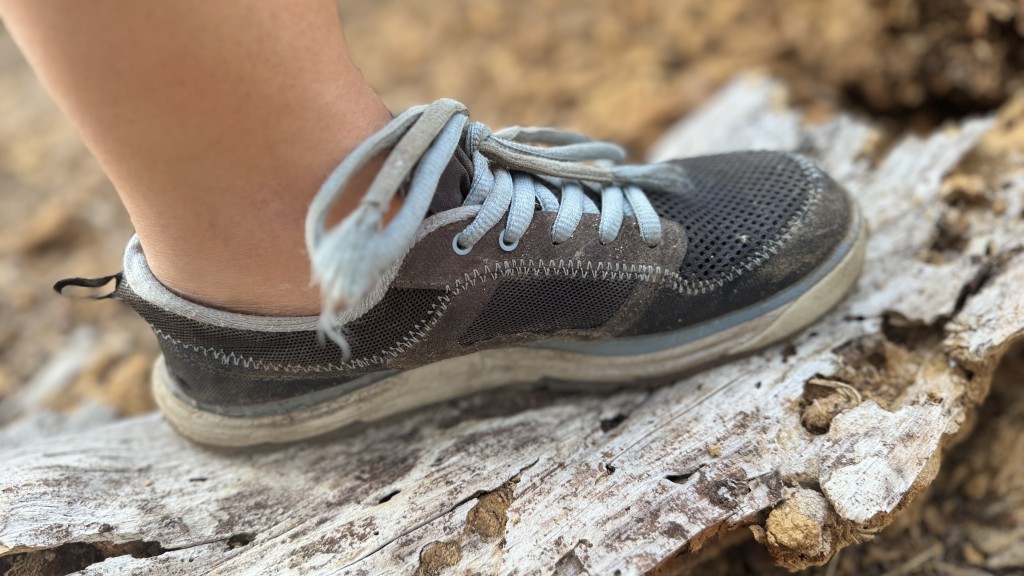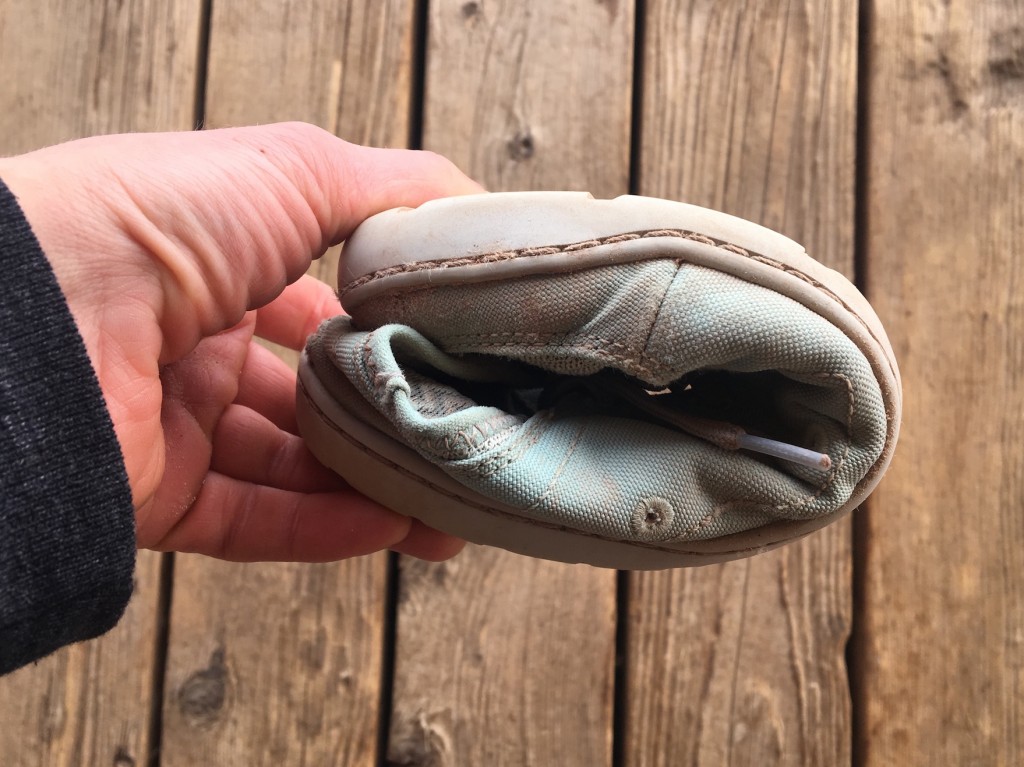We thoroughly evaluated these water shoes on boating and adventuring days across the rivers and lakes of the West. We tested the performance of these shoes while rafting, stand up paddling boarding, kayaking, scrambling, and hiking. We wore them on early-winter trips that involved half-frozen trails, mid-spring put-ins where we had to brave mud and slippery inclines, and hot, late-summer fun runs down our local rivers. We also wore them for casual activities like lounging at camp, and even wore them to work. We made sure to compare the shoes directly side-by-side, sometimes wearing two different models simultaneously.
Comfort
While comfort can often depend on how your foot fits a particular shoe, we evaluated these shoes for their comfort on the water and for dry-land activities. We considered the general snugness, how well they cushioned our foot, their protectiveness over rough terrain, how well they drained, and how adjustable they were. We tested how securely they stayed on our feet while swimming and walking. On land, we considered how supportive and cushioned the shoe was and how much they shielded our feet from fatigue and obstacles on rough terrain.
Traction
We tested the shoes on any surface you likely encounter in water activities, including wet rocks, mossy logs, a wet raft, and a creek-formed canyon. They were also tested on sandy and muddy side hikes, and on hard-packed boat ramps. We admit that our commitment to thoroughly testing the traction of these shoes resulted in a couple of embarrassing wipeouts. We often wore two different models simultaneously for a more direct side-by-side comparison.
Versatility
Most of us want to be able to wear our shoes all day – so we did just that, wearing these shoes throughout various activities. A regular day often involved whitewater rafting, creek walking, side hikes, setting up beach camps, and lounging. For a high score in versatility, we wanted to reach for these shoes as often as possible, which included things like walking around town, going to work and even a wedding bridal party.
Warmth
For this metric, we took into account the shoe's construction as well as its adjustability for adding insulating layers. For a shoe to score highly in warmth, it had to be adjustable enough to add layers like wool socks, neoprene, or a drysuit without compromising comfort. We also scored a product higher if it was equally comfortable with bare feet, allowing for good ventilation and draining on hot days.
Quality of Construction
We carefully analyze the materials and construction methodology of all our products, looking for signs of how well each shoe will hold up for various tasks in different environments. Our testing period doesn't allow for exhaustive durability testing, but we did our best to put them through the wringer. We evaluate any clear durability issues that arise during our testing, look for trends in other user reports, and draw on our years of experience in water sports to estimate how they might break down over time. After extensive testing, we examined these shoes for things like the quality of the tread, fraying seams, separation between the outsole and upper, and failure of the lacing system. We also considered the quality of the stitching, glue, and materials used in construction.
Sensitivity
Your shoes should allow you to feel inconsistencies in the surface beneath your feet and be flexible enough to bend over rocks, roots, and the edges of boats. Sensitivity aids in balance and proprioception, helping you better avoid slip-and-fall accidents and injuries. We walked around on a variety of wet and dry surfaces, and also considered the flexibility of the outsole.






